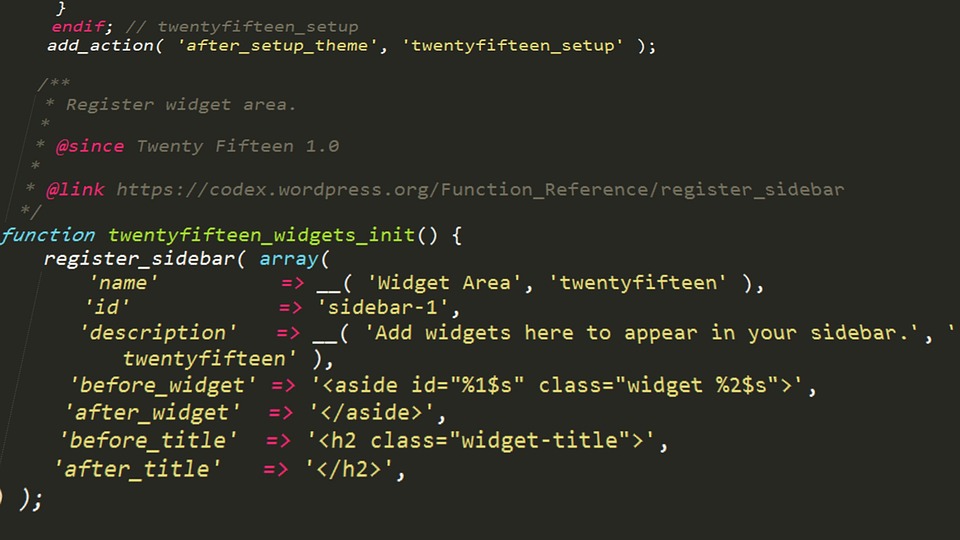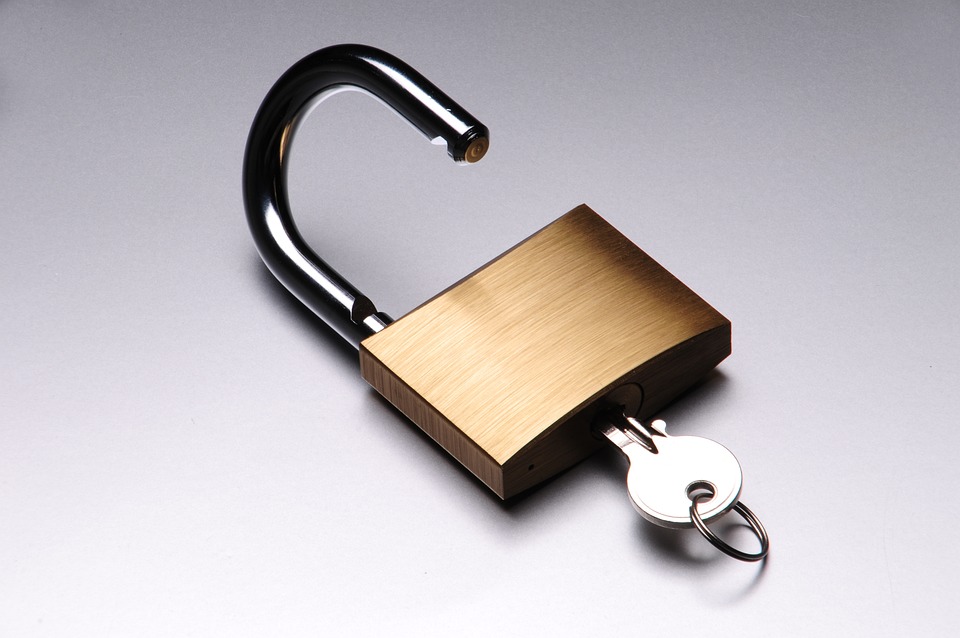In today’s digital landscape, WordPress is one of the most widely used content management systems (CMS), powering over 40% of all websites on the internet. As empowering as this flexibility and popularity can be, it also makes WordPress sites attractive targets for hackers and malicious attacks. For website owners, the need to prioritize security has never been more critical. Fortunately, there are numerous best practices and plugins designed to bolster your site’s defenses. This article will outline essential strategies and tools for securing your WordPress site effectively.
1. Start with Strong Credentials
The first line of defense in securing your WordPress site is strong, unique passwords for all users, particularly administrators. Consider implementing the following practices:
- Use Strong Passwords: Generate strong passwords using a mix of uppercase and lowercase letters, numbers, and special characters. Password managers can assist in creating and storing complex passwords.
- Two-Factor Authentication (2FA): Enable 2FA for an additional layer of security. Even if credentials are compromised, a second verification step helps protect your site.
2. Keep Everything Updated
Updates are released regularly for WordPress core, themes, and plugins, often addressing security vulnerabilities. Here’s how to stay updated:
- Automatic Updates: Enable automatic updates for minor WordPress releases. For substantial updates, test in a staging environment before applying them to your live site.
- Regular Checks: Periodically review your themes and plugins. Remove any that are inactive or no longer supported.
3. Secure Your Hosting Environment
Choosing a reliable hosting provider can significantly impact your site’s security. Look for hosting that offers:
- Security Features: A good host will have built-in security measures, including firewalls, DDoS protection, and malware scanning.
- Regular Backups: Ensure that your hosting provider offers regular backups of your site, so you can recover swiftly in case of a breach.
4. Leverage Security Plugins
WordPress offers a plethora of security plugins designed to safeguard your site. Here are some of the top-rated ones:
a. Wordfence Security
Wordfence is a comprehensive security plugin that offers firewall protection, malware scanning, and real-time traffic monitoring. It alerts you about potential security threats and helps block malicious IP addresses.
b. Sucuri Security
This plugin focuses on security activity auditing, file integrity monitoring, and scanning for malware. Sucuri also offers site hardening features and a comprehensive firewall to prevent hack attempts.
c. iThemes Security
iThemes Security provides over 30 ways to secure your WordPress site, including brute force protection, file change detection, and database backups. Its user-friendly interface allows for easy configuration of security settings.
d. All In One WP Security & Firewall
This plugin is customizable and offers various security measures, such as user account security, login lockdowns, and firewall settings. It includes a security points system that helps you visualize your site’s security posture.
5. Implement SSL Encryption
Enabling SSL (Secure Socket Layer) is essential for encrypting data exchanged between your website and its users. Google also considers SSL as a ranking factor, making it important for SEO. Obtain an SSL certificate through your hosting provider or use free options like Let’s Encrypt.
6. Limit Login Attempts
Brute force attacks, where hackers try multiple username/password combinations, are a common threat. You can limit login attempts by:
- Using Plugins: Many security plugins (like those mentioned earlier) allow you to limit the number of failed login attempts from a single IP address.
- Customizing Login URLs: Changing the default login URL from
/wp-adminto something unique can deter automated bots.
7. Backup Regularly
Regular backups are crucial for quick recovery after a security incident. Consider the following:
- Automated Backups: Use plugins like UpdraftPlus or BackupBuddy to automate your backup process, making it easier to restore your site.
- Off-Site Storage: Store backups in a secure location, preferably off-site, such as cloud storage solutions or external hard drives.
8. Monitor User Accounts
If multiple users have access to your WordPress site, monitoring user activity is critical. Follow these practices:
- Regular Audits: Conduct regular audits of user accounts to ensure that only authorized individuals have access.
- User Roles and Permissions: Assign the appropriate user roles based on need, ensuring minimal access for users who don’t require full administrative privileges.
9. Limit Plugin Use
Plugins are essential for extending your WordPress site’s functionality, but having too many can expose your site to vulnerabilities. To maintain security:
- Choose Wisely: Only install plugins from reputable sources with good reviews. Ensure that they are regularly updated.
- Remove Unused Plugins: Regularly review your installed plugins and deactivate and delete any that are not in use.
Conclusion
Securing your WordPress site is an ongoing responsibility that requires vigilance and proactive measures. By implementing strong credentials, performing regular updates, leveraging security plugins, and following best practices, you can significantly reduce your site’s risk of attack. It’s not just about responding to threats but proactively protecting your digital assets. Start today to create a secure online presence, giving both you and your visitors peace of mind.
Contact Us






